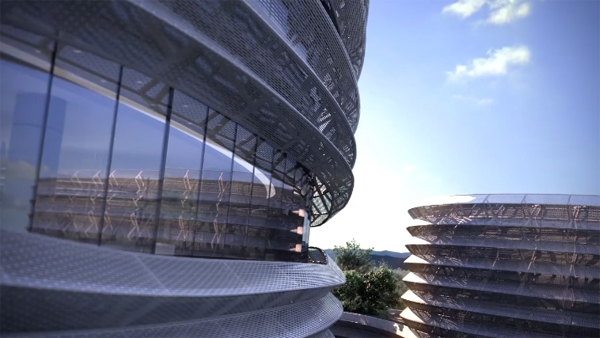Arduino Progress
First Try (Simple Exploration)
The easiest way I've managed to measure a resistive sensor is to connect one end to power and the other to a pull-down resistor to ground. Then the point between the fixed pulldown resistor and the variable photocell resistor is connected to the analog input of the microcontroller.Vo = Vcc ( R / (R + Photocell) )
This basically works by making the voltage proportional to the inverse of the photocell resistance which is, in turn, inversely proportional to light levels. The resistance of the photocell decreases, the total resistance of the photocell and the pulldown resistor decreases from over 600KΩ to 10KΩ. That means that the current flowing through both resistors increases which in turn causes the voltage across the fixed 10KΩ resistor to increase. This is the simplest method I have tried to date.
The code v1.5
Light Intensity Photosensitive Sensor Resistor Module
http://www.ebay.com/itm/like/321516078989?lpid=82&chn=psThis may be the next step to take. Here is a diagram of the breadboard layout that implements a third party photosensitive sensor module.
-S






















